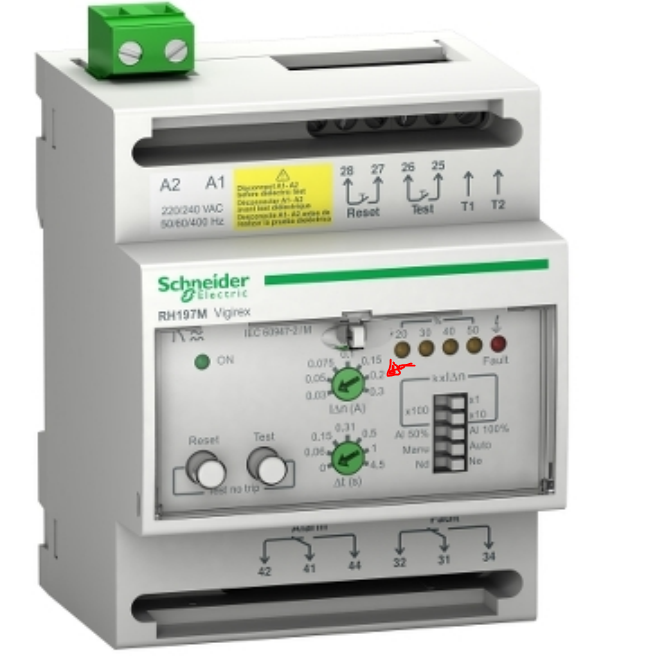Hi All,
Long story short, I have a man cave that runs off my home's main board. The main board was recently upgraded and is 18th reg compliant. My workshop is fed with a 32A RCBO which then goes into a sub DB which has a Wylex Isolator and then feeds into another 32A RCBO.
I can run most of my machines without issue and I create 3 phase using VFDs. One specific Servo Drive however needs 3 phase and is fed from a VFD which then in turn powers the Servo Drive (so VFD into VFD). This trips my RCBO.
The manual suggests that the Servo Drive (7.5KW/ 10 HP) should sit behind a 200mA RCD, otherwise its likely to trip. This is their exact wording.
"Cause: the leakage protection switch trips after the servo spindle start-up. Reasons and countermeasures: 1.A plain leakage protection switch with a leakage protection value of 200mAis recommended; otherwise candle the leakage protection switch; 2.Use the specified leakage protection switch dedicated to servo(or transducer) with a leakage protection value of 30mA; 3.Add an isolating transformer between the plain leakage protection switch and servo driver."
What are my options in the UK to deal with this?
Thanks in advance.
